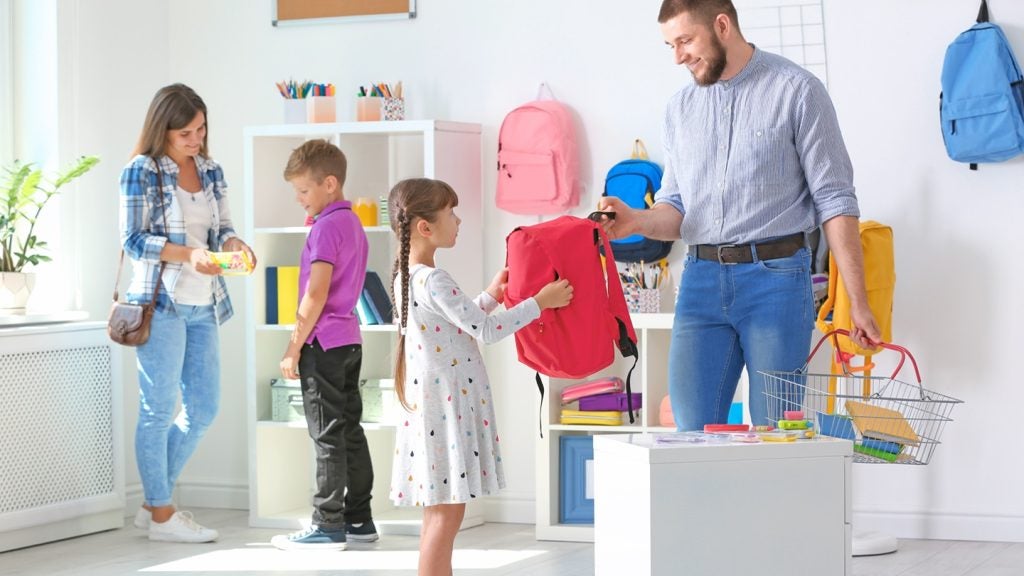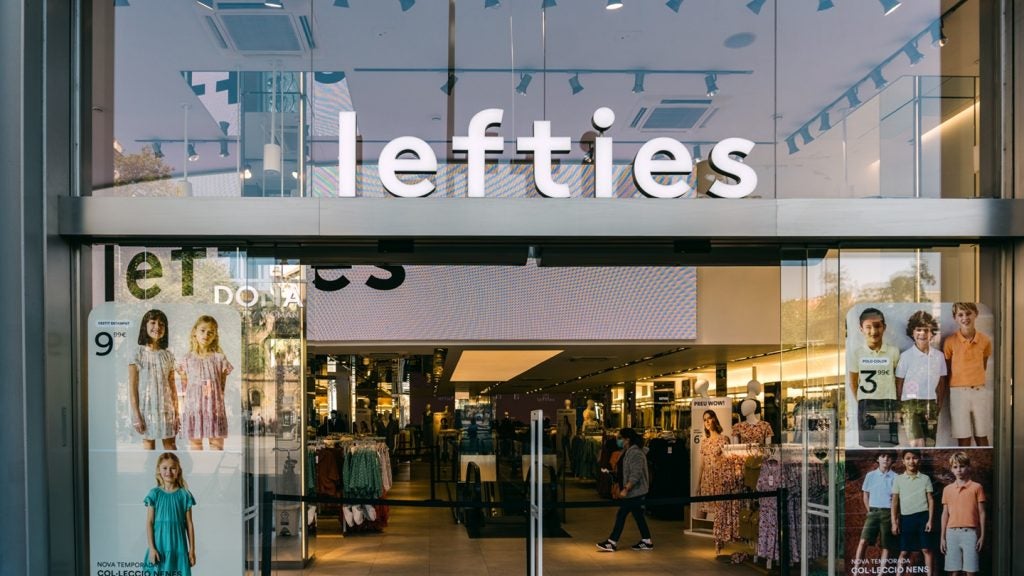According to data from the National Retail Federation (NRF) and Prosper Insights & Analytics, 67% shoppers had started buying supplies for the new school year as early as July.
This is a notable increase from 55% during the same period last year and the highest proportion since the NRF began monitoring this trend in 2018.
The survey was conducted on 7,581 consumers between 1-7 July 2025.
NRF industry and consumer insights vice president Katherine Cullen said: “Consumers are being mindful of the potential impacts of tariffs and inflation on back-to-school items, and have turned to early shopping, discount stores and summer sales for savings on school essentials. As shoppers look for the best deals on clothes, notebooks and other school-related items, retailers are highly focused on affordability and making the shopping experience as seamless as possible."
Despite the uptick in early shopping, a large majority (84%) of survey participants indicated they still have more than half of their back-to-school purchases pending.
The delay in completing shopping lists is attributed to several factors: 47% are waiting for better deals, 39% are unsure of what is necessary, and 24% are distributing their spending over time.
Retail events like Prime Day, Walmart Deals, and Target Circle Week are being leveraged by shoppers, with 82% planning to take advantage of July sales for school-related purchases.
The average expenditure for families with children in K-12, the range of primary and secondary education from kindergarten to 12th grade, is projected at $858.07 on various categories including clothing, electronics, shoes, and school supplies.
This figure represents a slight decrease from $874.68 in 2024 but is expected to contribute to an overall increase in total spending to $39.4bn.
The survey details average spending within K-12 categories with $249.36 on clothing and accessories, $169.13 on shoes, and $143.77 on school supplies.
Online store is the preferred channel for purchase with 55% of respondents opting the platform, followed by department stores with 48%.
Discount stores and clothing stores are the least preferred destinations with 47% and 41% shoppers planning to shop on the platforms respectively.
Prosper strategy executive vice president Phil Rist said: “This increase can largely be attributed to higher income households, while lower income households are pulling back across categories because of economic uncertainty. Regardless of income, families want to ensure their students are set up for success. They are cutting back in other areas, using buy now, pay later or buying used or refurbished items to have everything they need for the school year.”














